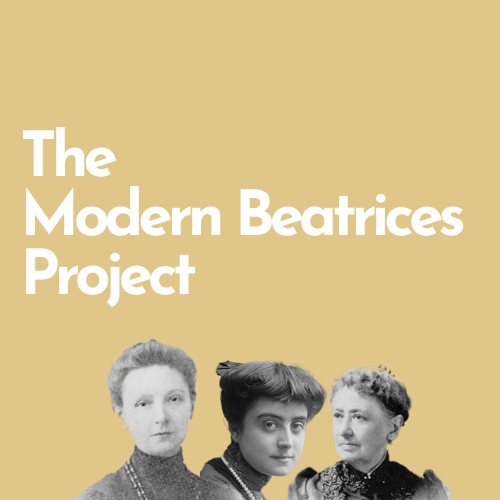
The 19th Century: A Century of Rediscovery and Transformation.
"Dante is the favorite author of our century," wrote Ulisse Micocci in 1891, referring to the 19th century. Never before had the Supreme Poet been the subject of such intense and passionate attention. A combination of historical and cultural factors, social and technological transformations, gave rise to a true renaissance of Dante studies that swept across Europe, finding its epicenter in Italy.
Romanticism, with its exaltation of feelings and the individual, found in the Commedia an inexhaustible source of inspiration. Historicism, for its part, initiated a rigorous philological recovery and analysis of the entire Dantean work, aiming to restore its historical and linguistic authenticity.
The Risorgimento made Dante a political icon, superimposing on his undisputed poetic merits an ideological interpretation that saw him as a symbol of the unjust exile and prophet of national unity. The image of Dante as the father of Italian letters and religious reformer contributed to strengthening his role as a spiritual and political guide for Italian patriots. The exaltation of his concept of a secular state made him a constant reference for the construction of the nation's identity.
The lowering of the cost of paper and the spread of the periodical press opened the doors to a vast and varied Dantean production, ranging from critical editions to translations into foreign languages, from philological commentaries to romanticized biographies, from pamphlets to articles and reviews in newspapers and magazines. With the democratization of Dantean knowledge, the industrial revolution opened up new cultural horizons and transformed the Supreme Poet into a heritage of the new generations of common readers, both Italian and foreign.
Women have been undisputed but often forgotten protagonists, both in the construction of national unity and in the rebirth of Dante studies. If the struggle for a united Italy had led women of very different backgrounds, ages, origins, and political ideals to take up arms, to promote the patriotic cause in cultural salons, and to support works of assistance to exiles and minorities, the struggle to achieve the "loving union around the greatest writer of the first modern language" was accomplished through critical interpretation and poetic (re)writing; philological study, pedagogical innovation; popular teaching and the active patronage of centenaries, monuments, and cultural activities. In the same way that Beatrice in the Commedia becomes a guide and interpreter of Paradise for Dante the pilgrim, so Italian women became interpreters and mediators of the Supreme Poet for generations of students, scholars, and readers of the 19th and 20th centuries.
The exhibit: Starting from their pioneering activity of disseminating and studying Dante's work, from the first teaching experiences to public conferences, up to their participation in academic debates, the exhibition explores the path that led women to conquer a central role in Dante studies. In the second part, the focus shifts to the feminine ideal present in the Commedia, with particular attention to the figure of Beatrice and her impact on Italian culture, as evidenced by the National Exhibition of 1890. An analysis that allows us to understand how the figure of Beatrice became a symbol and a point of reference for generations of women who dedicated themselves to the study of the Supreme Poet. The exhibition concludes with an analysis of the link between Dante and Ravenna, the city that welcomed the poet in the last years of his life, and which continues to be a place of pilgrimage for scholars and Dante enthusiasts. All the volumes are part of the library collection of the Dante Center
Genres by Federica Coluzzi
